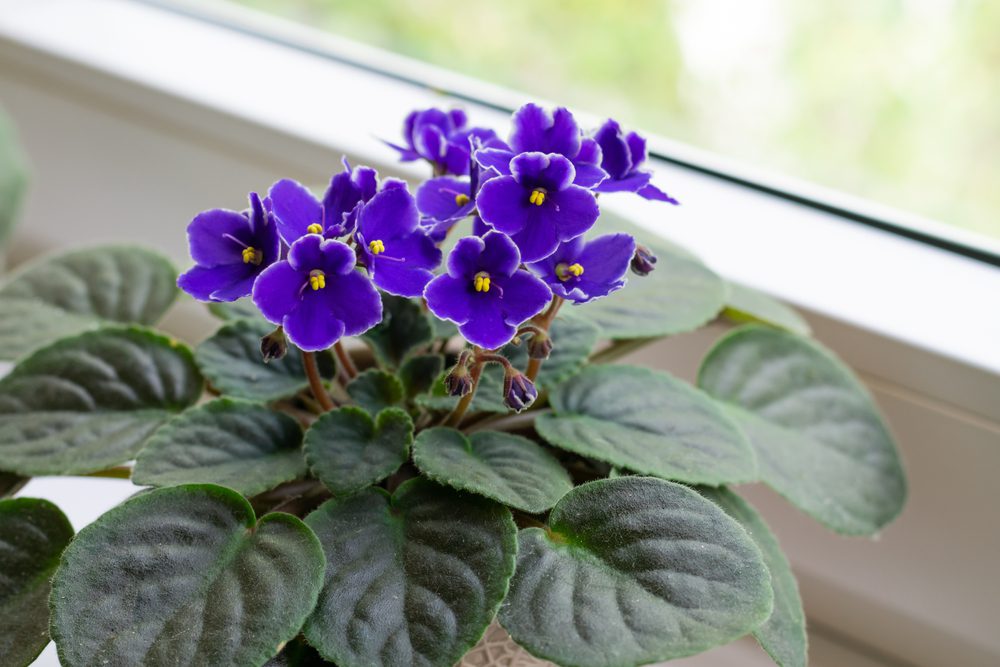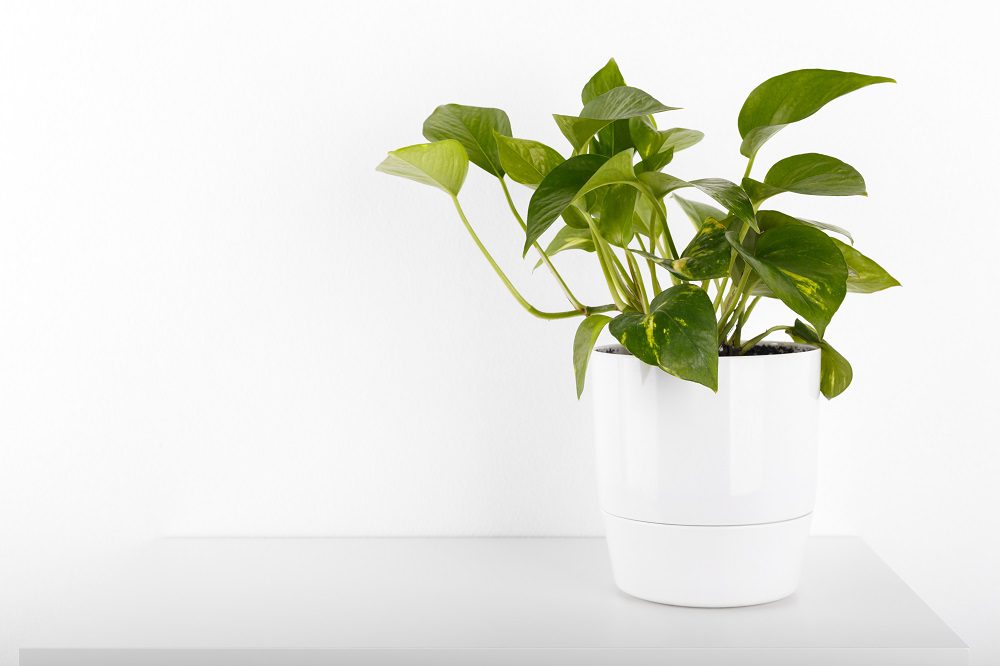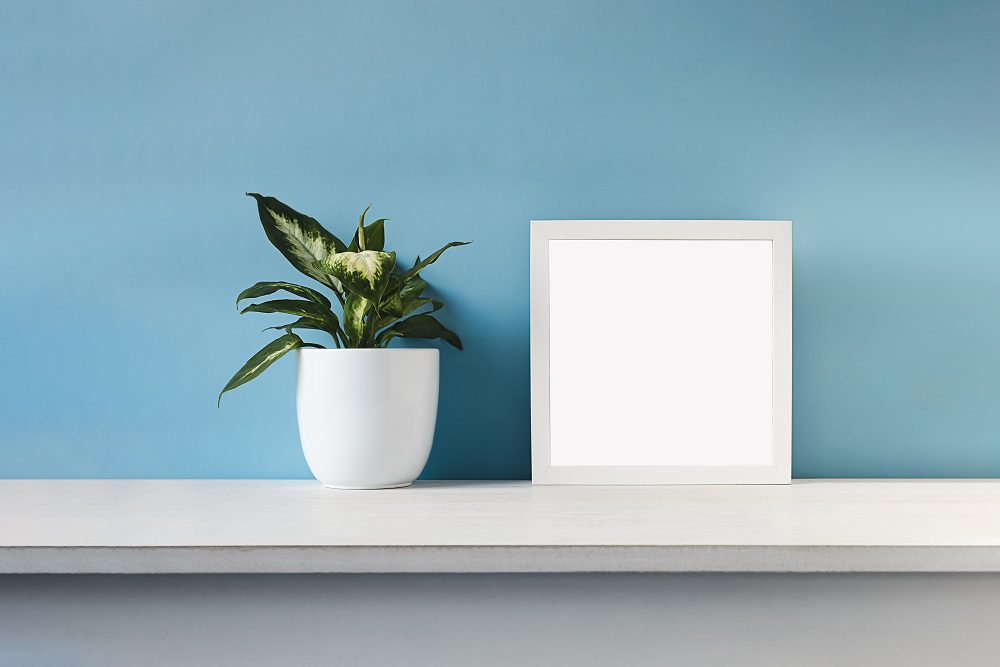Do you know if your green oasis is safe for your pets?
A lot of us want to be able to decorate our houses without the fear that something might happen to our pets! Or there are some of us that have been contemplating getting a furry friend to add to our family but aren’t truly sure about the plants around the house.
After all, you may try to get rid of any toxic or dangerous things around the house, but there are bound to be some plants you never thought about. And with how curious and fragile a lot of our furry friends are, it’s better to be safe than sorry when we’re talking about any potted plants or flowers around.
This is why we have gathered some of the most common plants people have around their homes and looked them up to see which are pet-friendly and which are not! We can’t all know everything, which is why we did all the digging into toxic plants for you to spare you endless hours of research.
Let us know if you have to remove any plants around your home or if your house is toxic plant-proof!
Pet Friendly

African Violet
No matter which part of the United States you are from, you have definitely seen this plant before in a home, if you’re not already the proud owner of one! African violets have become the quintessential houseplant, despite being native to the tropical lands of Eastern Africa.
These delicate plants are extremely easy to come by and have a million colors, as they’re not only violet, and you can see them on a lot of windowsills across America. And what makes these gorgeous flowers even better than the fact that they bloom on a regular basis is the fact that they’re nontoxic for pets!
You can enjoy the beauty of these flowers without worrying about your furry friend, which makes them amazing for any windowsill or tables you may have!
Parlor Palm
Parlor palm is a wispy plant that is not only very common, but it comes with the extra benefit of not being toxic to pets (or children, for that matter). Also known as Chamaedorea elegant, the plant lives up to its name by being elegant as it can definitely transform the vibe of any room and make it more stylish just by being there.
To make it even more impressive, you can find this Central American native plant in any shape and size, from tiny terrarium leaves to huge six-foot-tall palms. What makes them such a hot commodity is the fact that they’re not fussy and extremely easy to care for.
Just make sure to keep them away from direct sunlight and water them only when the soil begins to feel dry, and you’ll have one of the best nontoxic houseplants for pets on the market!
Calathea
If you’re looking for a safe plant that comes in a myriad of different variations that can turn your balcony or room into a jungle, you’re looking at the best plant for that! Calatheas are not only gorgeous leaved plants, but they are also non-toxic to pets, according to the ASPCA!
This means that you can effortlessly and safely include them in your designs wherever you may need a pop of green around the house. The plant is native to the rainforest in South America, which makes it tolerate warm temperatures well and also crave a lot of humidity!
While generally mid-sized, they come in a lot of sizes and colors, so you know you don’t have to stress about aesthetics and you have the added peace of mind that any furry friend around your home is safe! Just be sure you keep it in a plastic or glazed pot so it retains all the moisture it needs to thrive and you’re set!
Avoid for the safety of your pets

Pothos
Pothos is the first one on our list of poisonous plants that are very dangerous to our pets as they are very toxic to them. However, this plant, also known as devil’s ivy, is one of the most forgiving plants you can have on your house, which, along with being popular for its vine look and easy maintenance, makes it very prevalent in our homes.
This comes at the expense of our beloved pets, as they are the ones who will end up suffering if they get their little mouths on them. After all, the swinging vines may appear very appealing to our furry friends, but one bite will result in an irritated mouth and stomach, as well as potential respiratory system issues if not treated properly!
It’s better you give this plant away to a friend if you have one, as you never know when your cat or dog may munch on one!
Peace Lilies
While the name may lead you to believe that they resemble lilies, this plant has nothing to do with the flowers. They just got this popular name, while the more scientific one is Spathiphyllum (which is quite a mouthful). Peace lilies, however, remain one of the most common houseplants in the modern age, which becomes a problem since they’re also poisonous to pets!
This is because the tissue of the plant contains a lot of calcium oxalate crystals. When any lead or stem from the plant is snapped by accident or even chewed on in the case of our fluffy friends, the plant releases these crystals which will dig into any other tissue they come in contact with. This means that if our pet eats them, the crystals will end up in their mouth and stomach.
If you happen to have this plant around and see your pet excessively drooling or vomiting and even having difficulty swallowing due to an irritated mouth and tongue, visit the vet immediately and get rid of the plant!

Dumb Cane
You have definitely seen your fair share of dumb cane (also known as Dieffenbachia). These plants are some of the easiest to care for, and they can end up getting up to six feet tall indoors, which makes them some of the most popular plants around. After all, what’s better than a plant that isn’t fussy and can grow big easily?
It turns out that this very popular green plan is very toxic to most kinds of pets, according to the ASPCA! Much like our friends, the peace lilies, this plant also harvests in its leaves calcium oxalate crystals, but it also adds to the mix some other acids and enzymes that can easily hurt and irritate our pets’ stomachs and gastrointestinal systems.
Moreover, it can also cause irritation in their mouths, along with their eyes and skin, if the juice from the torn leaves gets anywhere apart from the mouth. This can lead to your pet showing poisoning symptoms such as too much licking, drooling, and even loss of appetite and not drinking water!
The good news remains that such poisonous situations are treatable if caught on time, yet we would still advise getting rid of your dumb cane if you have any pets. It is always better to be safe than sorry!
Plain Ol’ Lilies
Unfortunately, any kind of lily will end up in a disaster if your pets end up getting to them. Known as plants of the Lilium genus, lilies end up being poisonous to most pets, but especially to cats, which are known to love nibbling on our plants from time to time.
To make matters worse, besides not being able to keep our furry friends away from them, studies have shown that they’re lethal to most felines, so getting any of these flowers into your home is a risk! According to the University of California, their research concluded that even just brushing against a flower and getting pollen on the cat, or even just drinking water from the vase, can send the animal into kidney failure.
Of course, this varies both from cat to cat, and it is also dependent on the type of lily that is present in the vase. And while it may seem like something to ease our worries, the most commonly used lilies for bouquets are some of the most dangerous for our pets (which are the Stargazer, Asiatic, and Easter ones).
So if your favorite flower happens to be a lily, we definitely hope you don’t have a kitty!
If you don’t have to worry about a furry friend feasting on your plants, you should check out our list of the most beautiful plants that will not fail you when it comes to buds all year round!